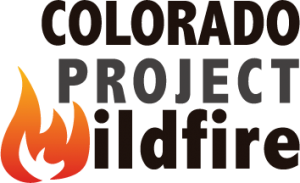
6 Trends to Know about Fire Season in the Western U.S.
Lately, it feels like we’re hearing about wildfires erupting in the western United States more often. But how have wildfire occurrences changed over the decades?
Researchers with the NASA-funded Rehabilitation Capability Convergence for Ecosystem Recovery (RECOVER) have analyzed more than 40,000 fires from Colorado to California between 1950 to 2017 to learn how wildfire frequency, size, location, and a few other traits have changed.
The six trends that have been observed in the western United States are:
###
- There are more fires. Over the past six decades, there has been a steady increase in the number of fires in the western U.S. In fact, the majority of western fires—61 percent—have occurred since 2000.
- And those fires are larger. The number of megafires—fires that burn more than 100,000 acres (156 square miles)—has increased in the past two decades. In fact, no documented megafires occurred before 1970.
- A small percentage of the West has burned. Even though fire frequency and size has increased, only a small percentage of western lands— 11 percent—has burned since 1950.
- The same areas keep burning. About 3 percent—almost a third of the burned land—has seen repeated fire activity.
- Recent fires are burning more coniferous forests than other types of landscape. Since 2000, wildfires have shifted from burning shrub-lands to burning conifers. The Southern Rocky Mountains Ponderosa Pine Woodland landscape has experienced the most acres burned—more than 3 million.
- Wildfires are going to have a big impact on our future. Research suggests that global warming is predicted to increase the number of very large fires (more than 50,000 acres) in the western United States by the middle of the century (2041-2070). According the Fourth National Climate Assessment, wildfires are expected to affect human health and several industries.
For more details on each trend and to view the full article, please visit the Earth Observatory website by clicking here.
Over the past two decades, frequent, large, destructive wildfires have claimed hundreds of thousands of acres of land, damaged or destroyed hundreds of homes and structures, caused deaths and injuries and displaced residents for extended periods of time. With continued development throughout the state’s Wildland Urban Interface (WUI) areas, estimated to grow by 300 percent in the next 15 years, the wildfire threat is real and it is not going away. Project Wildfire is designed to reduce and/or prevent the destruction of land, property and lives by raising awareness and educating residents throughout our state.
###



